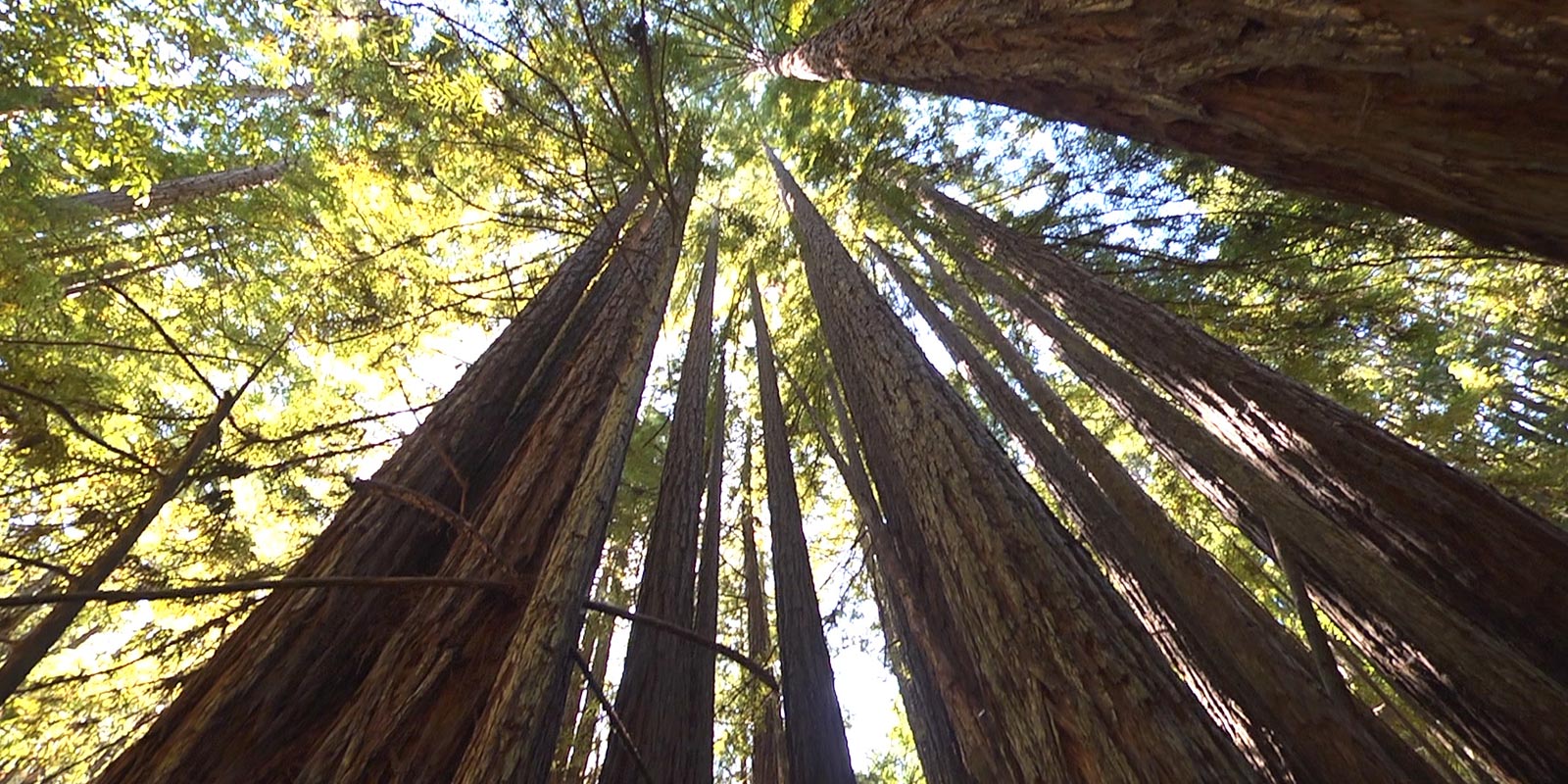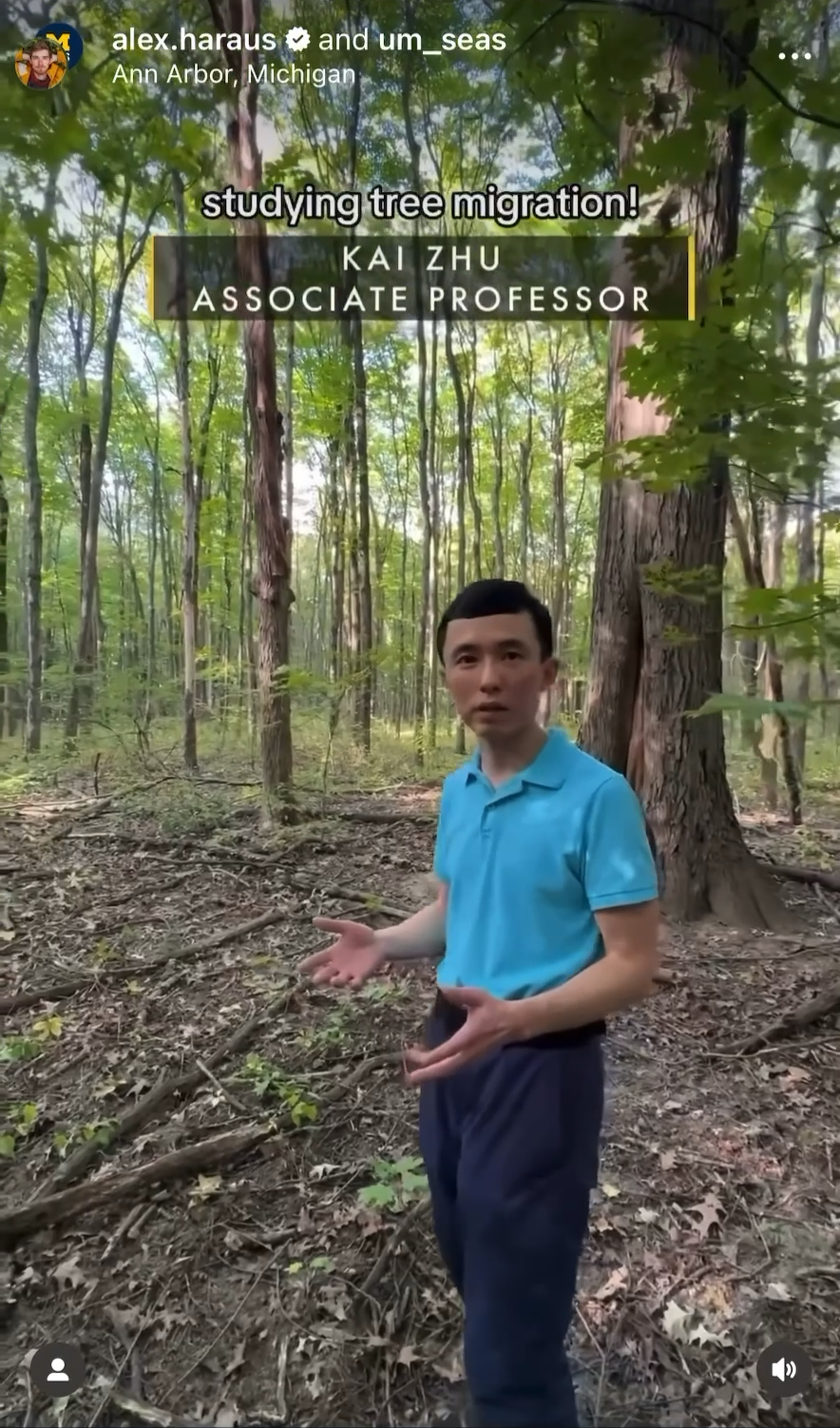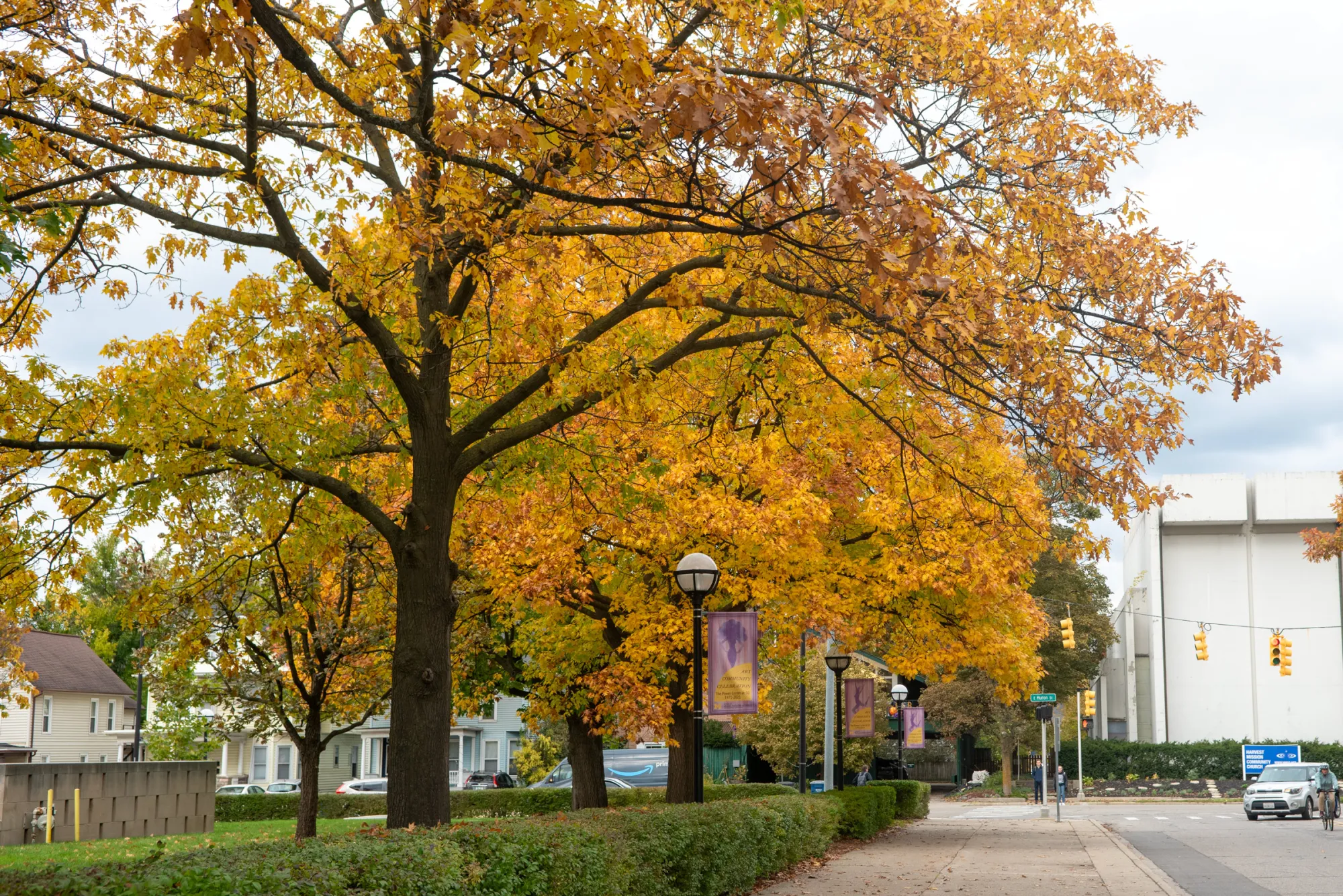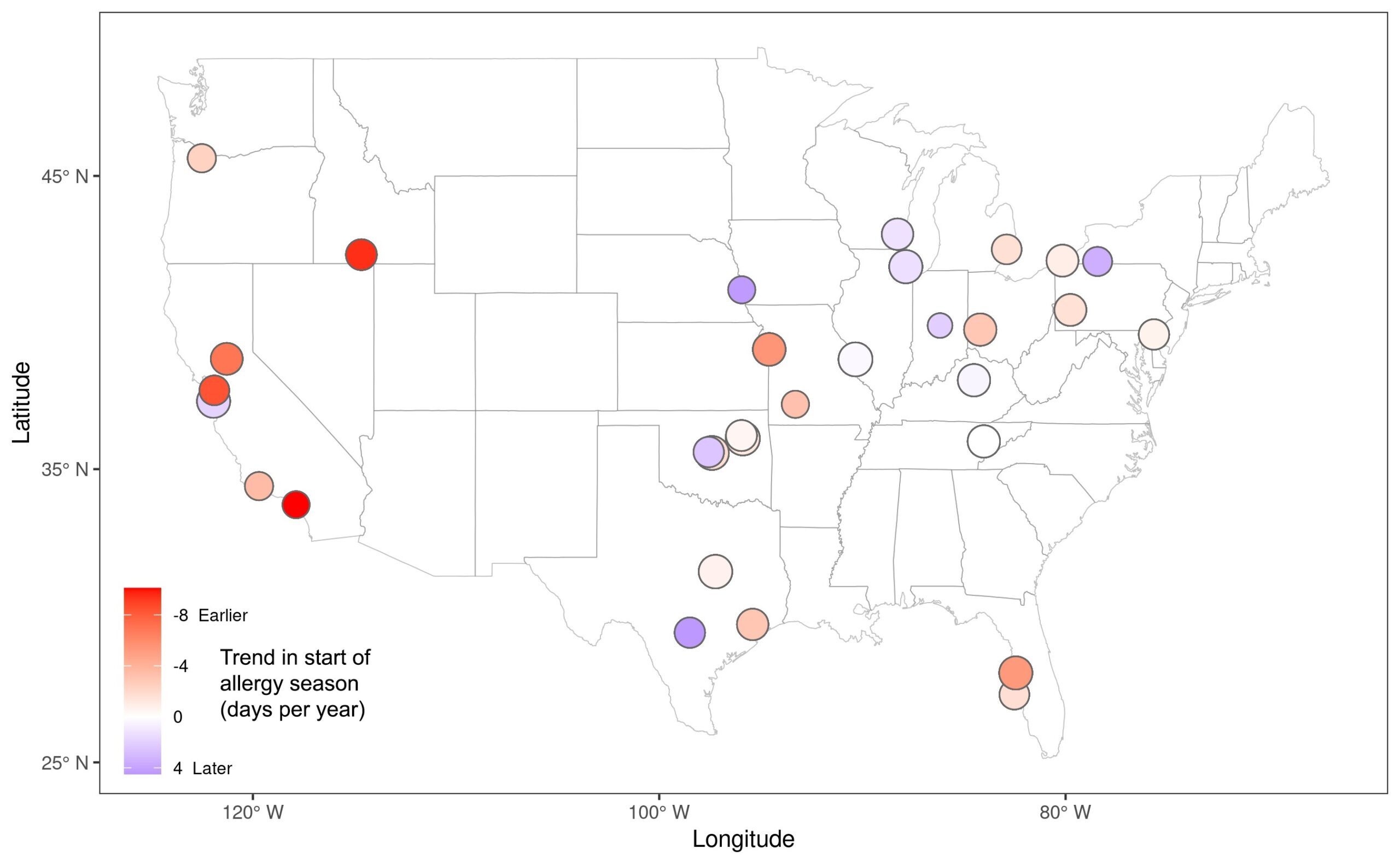[fusion_builder_container hundred_percent=”no” equal_height_columns=”no” menu_anchor=”” hide_on_mobile=”small-visibility,medium-visibility,large-visibility” class=”” id=”” background_color=”” background_image=”” background_position=”center center” background_repeat=”no-repeat” fade=”no” background_parallax=”none” parallax_speed=”0.3″ video_mp4=”” video_webm=”” video_ogv=”” video_url=”” video_aspect_ratio=”16:9″ video_loop=”yes” video_mute=”yes” overlay_color=”” video_preview_image=”” border_size=”” border_color=”” border_style=”solid” padding_top=”” padding_bottom=”” padding_left=”” padding_right=””][fusion_builder_row][fusion_builder_column type=”1_1″ layout=”1_1″ background_position=”left top” background_color=”” border_size=”” border_color=”” border_style=”solid” border_position=”all” spacing=”yes” background_image=”” background_repeat=”no-repeat” padding=”” margin_top=”0px” margin_bottom=”0px” class=”” id=”” animation_type=”” animation_speed=”0.3″ animation_direction=”left” hide_on_mobile=”small-visibility,medium-visibility,large-visibility” center_content=”no” last=”no” min_height=”” hover_type=”none” link=””][fusion_text]
Zhu K., Woodall C.W., Clark J.S. (2012). Failure to migrate: lack of tree range expansion in response to climate change. Global Change Biology, 18, 1042-1052.
Faculty of 1000 (F1000), a post-publication peer review service, places the above work in the library of the top 2% of published articles in biology and medicine. The service is widely used to find significant new research articles, and the inclusion of the article should significantly increase its visibility.
It is recommended as a “Must Read” “New Finding” by Luke McCormack and Erica Smithwick from Pennsylvania State University. Full comment below (also available on F1000 website).
This paper examines critically the assumption of northward range expansion (and southern contraction) of tree species in response to climate change. The results indicate that these responses are heterogeneous and variable across species and are inconsistently related to direct changes in temperature or seeding characteristics. Renewed efforts to monitor tree responses to climate are needed. Whether tree species will keep pace with a changing climate is a central question in ecology. In this paper, Zhu, Woodall and Clark use a relatively simple and elegant approach to analyze forest inventory analysis (FIA) data to test for range expansion and contraction at the southern and northern extremes of 92 temperate tree species in the eastern United States. The current paradigm assumes that most species will expand their ranges north and perhaps contract their southern range, tracking increasing temperate in the future. In line with this expectation, many previous publications, including modeling efforts and previous interpretations of FIA data, have suggested directly or indirectly this to be the case. However, work by Zhu, Woodall and Clark suggests a more complicated relationship between geography, species’ ranges and climate change. Of the 92 species examined in the study only 19 showed the expected northward expansion, while over 50 showed evidence for a general range contraction. Of particular importance is the authors’ honest acknowledgement of limitations in their approach and dataset. Despite these limitations, the work is a valuable contribution and gives sufficient evidence that range responses of trees to climate change will not be as simple as a little bump to the north, even in areas where geography, land use, and seed dispersal aren’t already making migration difficult.
[/fusion_text][/fusion_builder_column][/fusion_builder_row][/fusion_builder_container]








